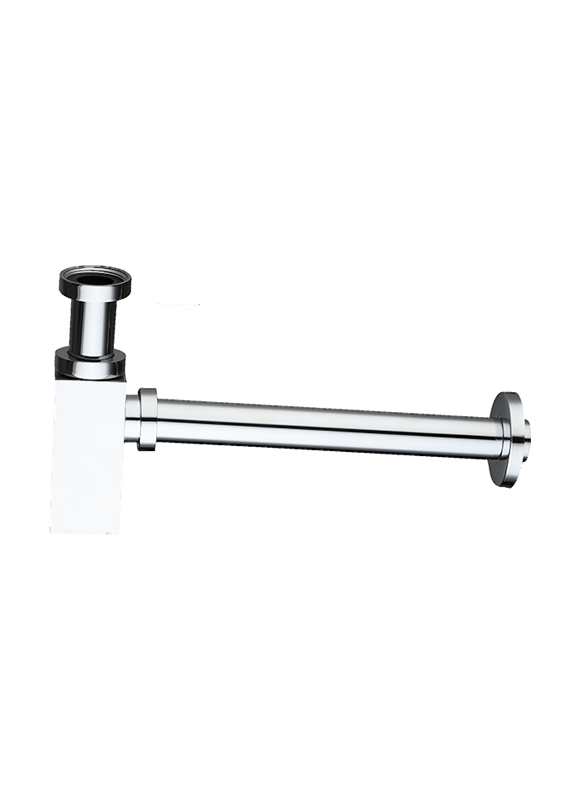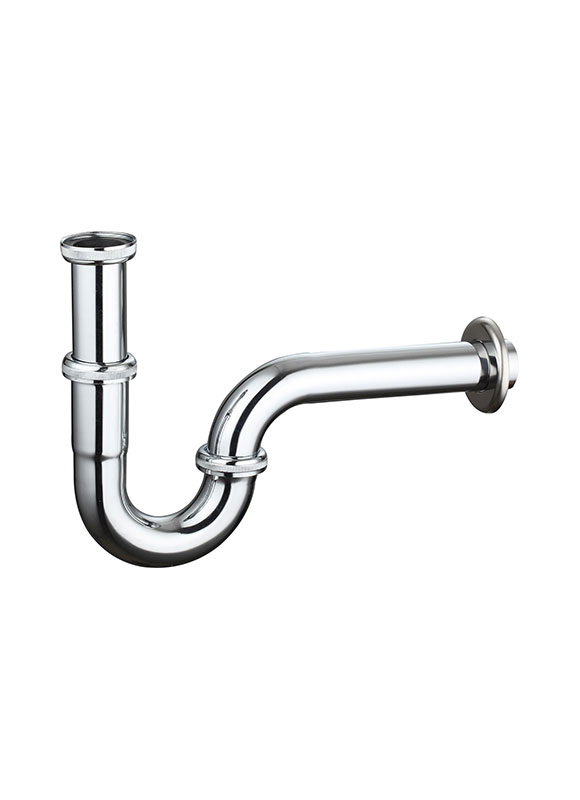Technical principle of siphon drainage channel
The technical principle of the siphon drainage channel is to use the water head formed by the height of the building, relying on a special rainwater bucket design to realize the separation of air and water, so that the water pipe finally reaches a full flow state. The following problems should be paid attention to in the application of siphon rainwater drainage system. The control of the water depth in front of the siphon drainage trough. The water depth in front of the bucket is too small to effectively form a siphon full pipe flow, the system cannot operate in the siphon state, and the drainage capacity cannot meet the design requirements.

The water depth in front of the bucket is too large, which increases the load on the roof and brings hidden dangers to the safety of the structure. It may be necessary to increase the strength of the structure, which will increase the construction cost. The selection of pipe diameter must be hydraulically calculated. To control the rainwater flow pattern and negative pressure value in the pipeline as much as possible, it is necessary to go through strict hydraulic calculation and reasonably determine the pipe diameter of each section. Divided by design flow pattern: semi-pressurized flow (87 bucket) rainwater system. Refers to the use of 65-type and 87-type rainwater bucket systems. The design flow pattern is semi-pressured flow pattern. The flow load and piping layout of the system take into account the effect of water flow pressure.
It is currently widely used in my country. Pressure flow (siphon) rainwater system. A form of roof rainwater drainage is a rainwater drainage system that uses the effective potential difference between the rainwater bucket and the discharge pipe as the power under the design conditions to generate negative pressure inside the system. Norrie equation. According to the location of the pipeline: internal drainage system and external drainage system. According to the roof drainage conditions: gutter drainage, gutter drainage and non-ditch drainage. According to whether there is a free-by-water surface in the indoor part of the horizontal pipe (drain) at home, it is divided into a closed system and an open system.
Siphon drain
Introduction of siphon drainage channel:

1. The siphon drainage channel is resistant to puncture of plant roots
The siphon drainage channel is made of high-density polyethylene, a raw material that does not contain plant-compatible substances. Its density is very high. The composite protective drainage profile produced by this material can construct a good root puncture resistance layer.
2. Play the role of flexible protection of waterproof layer and auxiliary waterproof
The siphon drainage channel + composite protective drainage special-shaped sheet has good compression and tensile strength, and the special bump design can play a good buffering effect, provide full-surface flexible protection for the waterproof layer, and avoid the waterproof layer from being backfilled. damage. The composite protective drainage special-shaped sheet is flat-joined by double-sided self-adhesive waterproofing (adhesive tyrants), and the permeable water flows on the composite protective drainage special-shaped sheet. The drainage special-shaped sheet can isolate the permeable water from the waterproof layer and play an auxiliary waterproof role. HXC siphon drainage channel.
3. Short construction period and low cost.
4. Realize the recycling of rainwater and irrigation water.
Welcome to the official website of TAIZHOU XUBO METAL PRODUCTS CO., LTD to learn more about the product content.


 English
English España
España




